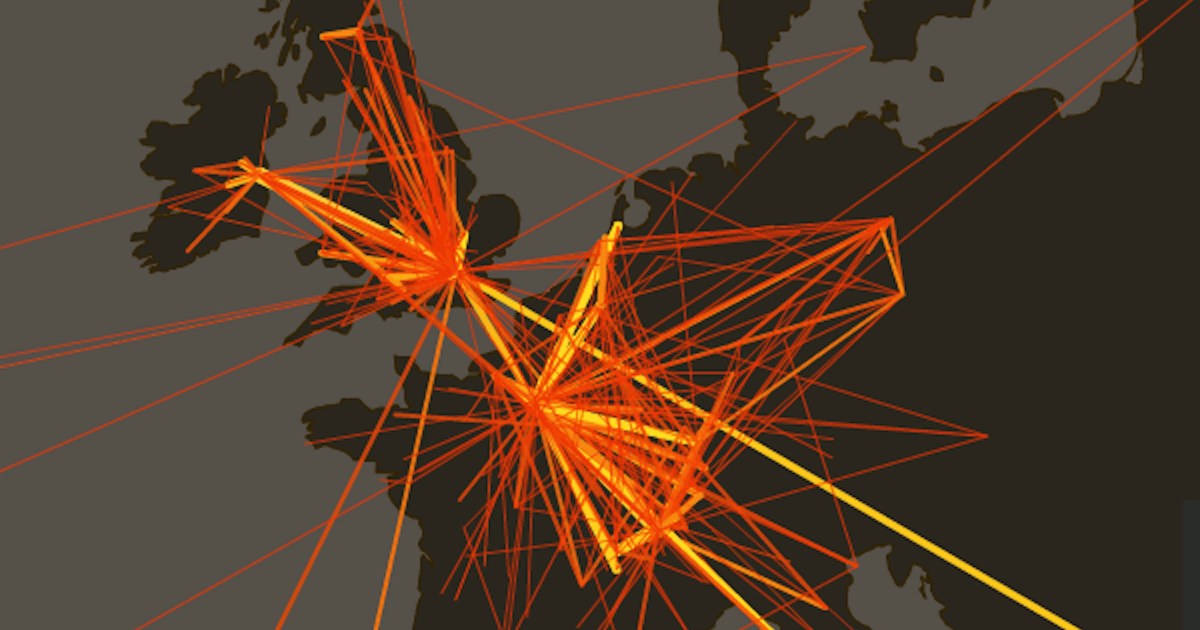The Enlightenment had its own internet: The Republic of Letters

🌈 Abstract
The article discusses the Republic of Letters, a virtual, global community of scientists and intellectuals in the 17th and 18th centuries who communicated through letters, and how digital analyses of their correspondence can provide new insights into the Enlightenment era.
🙋 Q&A
[01] The Republic of Letters
1. What was the Republic of Letters?
- The Republic of Letters was a virtual, global community of scientists and intellectuals in the 17th and 18th centuries who communicated through letters.
- It was a network through which many scientists and philosophers communicated, using the postal service as the fastest technology available at the time.
- This network had a universal protocol that experiment, not authority, should be the basis for factual knowledge, and it spread this ideal as well as the fruits of scientific observations from around the world.
2. How did the Republic of Letters compare to modern communication?
- The hand-written letter is now as good as dead, killed by almost two centuries of innovations in communication, from social media all the way back to the telegraph.
- However, our digital paradigm offers fresh methods of sifting through the remains of the Republic of Letters, allowing for quantitative analyses and data visualization.
3. What insights have digital analyses of the Republic of Letters provided?
- Digital analyses have provided a more nuanced picture of the Republic of Letters, showing that it was better described as a collection of small intellectual fiefdoms rather than one large whole.
- The correspondence network of the philosopher John Locke, for example, demonstrated that several letter writers were the center of their own little epistolary universe, with limited connections to the broader network.
- The analyses also call into question the global nature of the Republic of Letters, as even figures like Benjamin Franklin had correspondence that was largely limited to the London-Philadelphia axis.
[02] Voltaire and the Republic of Letters
1. What does the map of Voltaire's published works illustrate?
- The map of Voltaire's published works between 1712 and 1800 illustrates his significant popularity during that time, in stark contrast to his relative obscurity today.
- The total number of publications stands at 1,973, of which 1,370 mention a place of publication, with some locations being false or even made-up "fantasy places" perhaps to evade censorship.
2. What does the map of Voltaire's correspondents show?
- The map of Voltaire's correspondents shows that Paris and Geneva, and to a lesser extent Berlin, Brussels, and Amsterdam, feature heavily, while there is a near-total absence of addresses in Britain.
- This points to a different story than the canonical one of the spread of Enlightenment ideas from England via Voltaire to the Continent.
3. What is the current state of the Mapping the Republic of Letters project?
- The Mapping the Republic of Letters project at Stanford University offers tantalizing summaries of interesting maps and visualizations, but the project's web page has the distinct look and feel of something that was last updated 10 years ago, with many "page not found" or "Adobe Flash player is no longer supported" issues.
- This suggests a lesson for the meta-Enlightenment, as Leibniz never had this problem.
Shared by Daniel Chen ·
© 2024 NewMotor Inc.